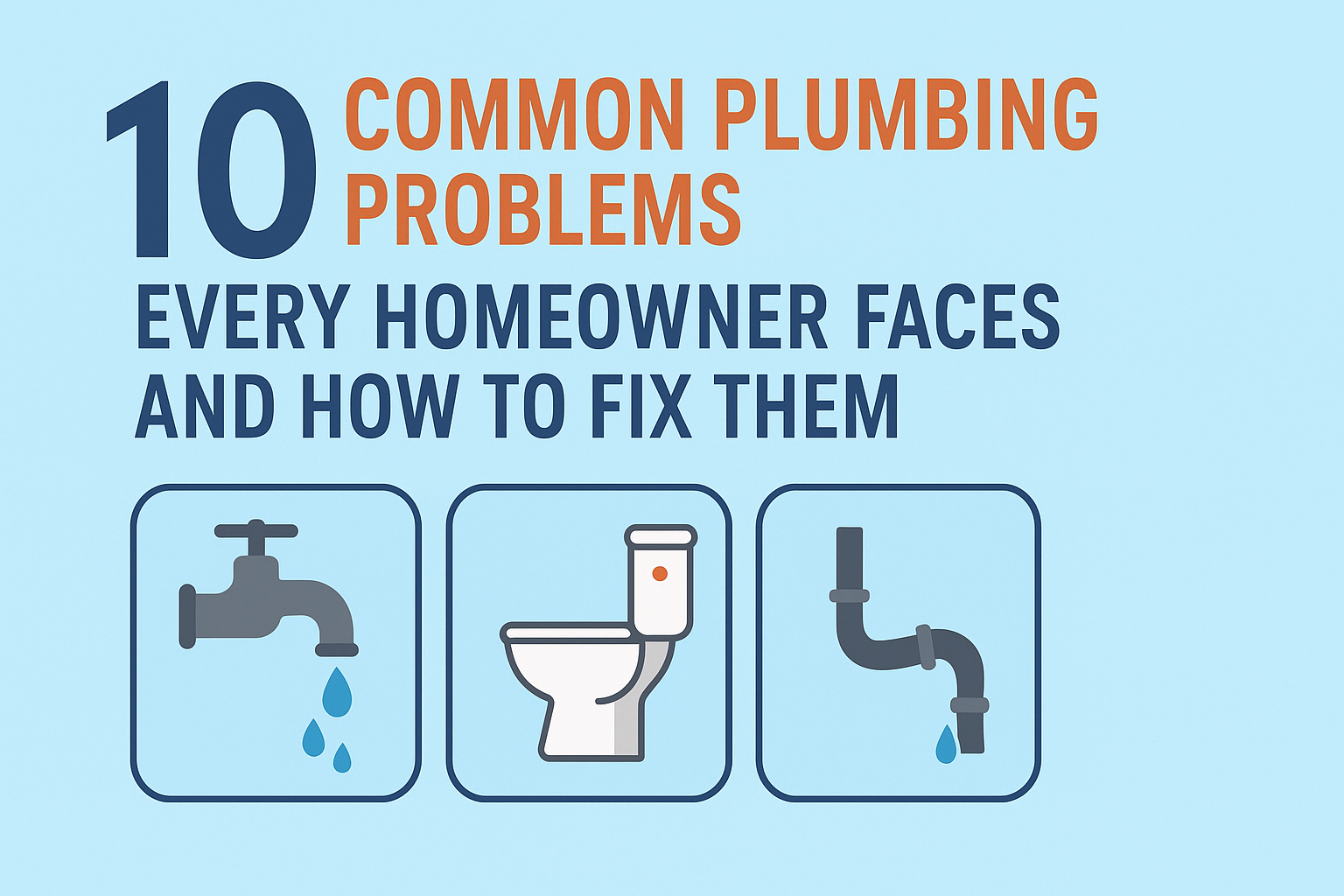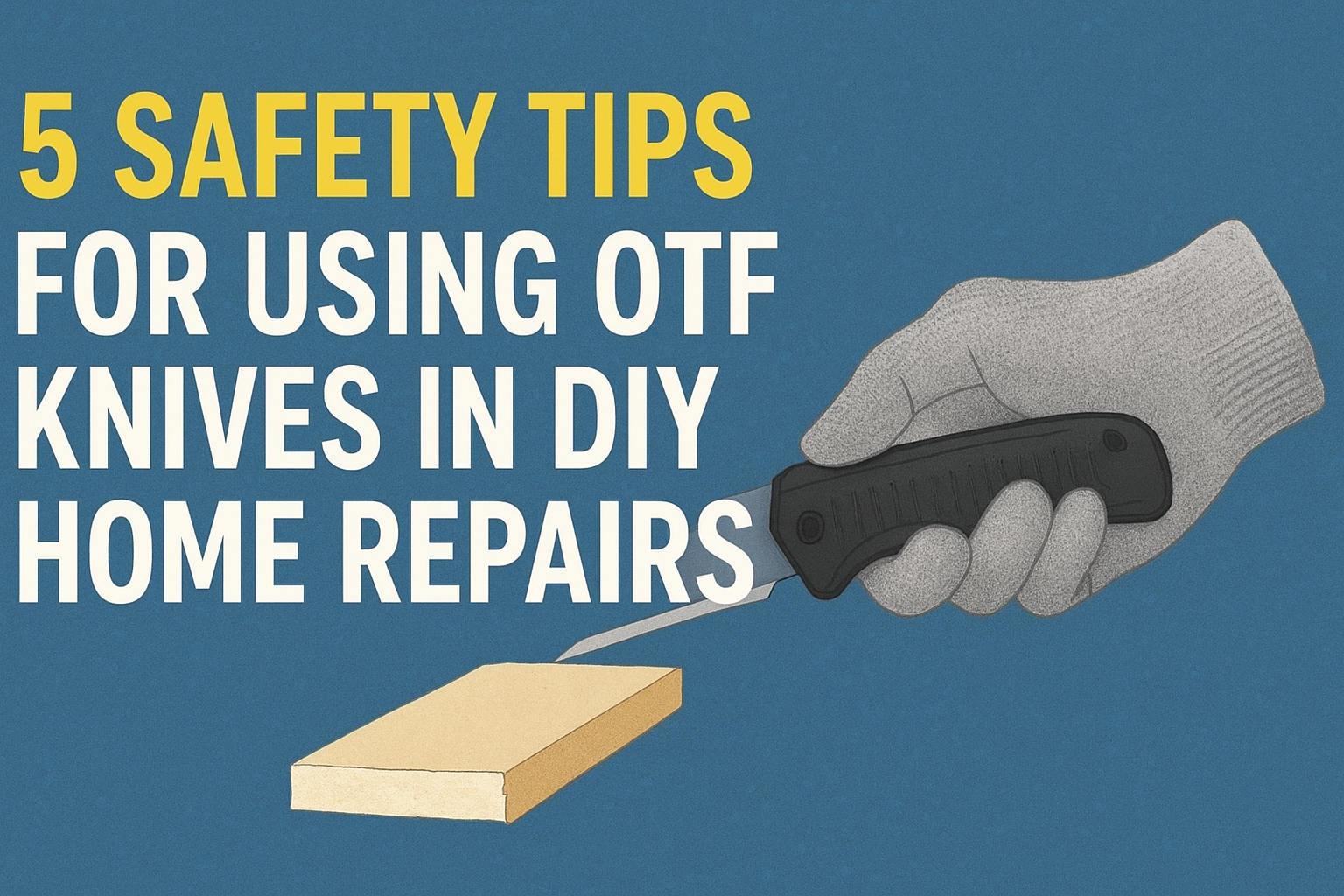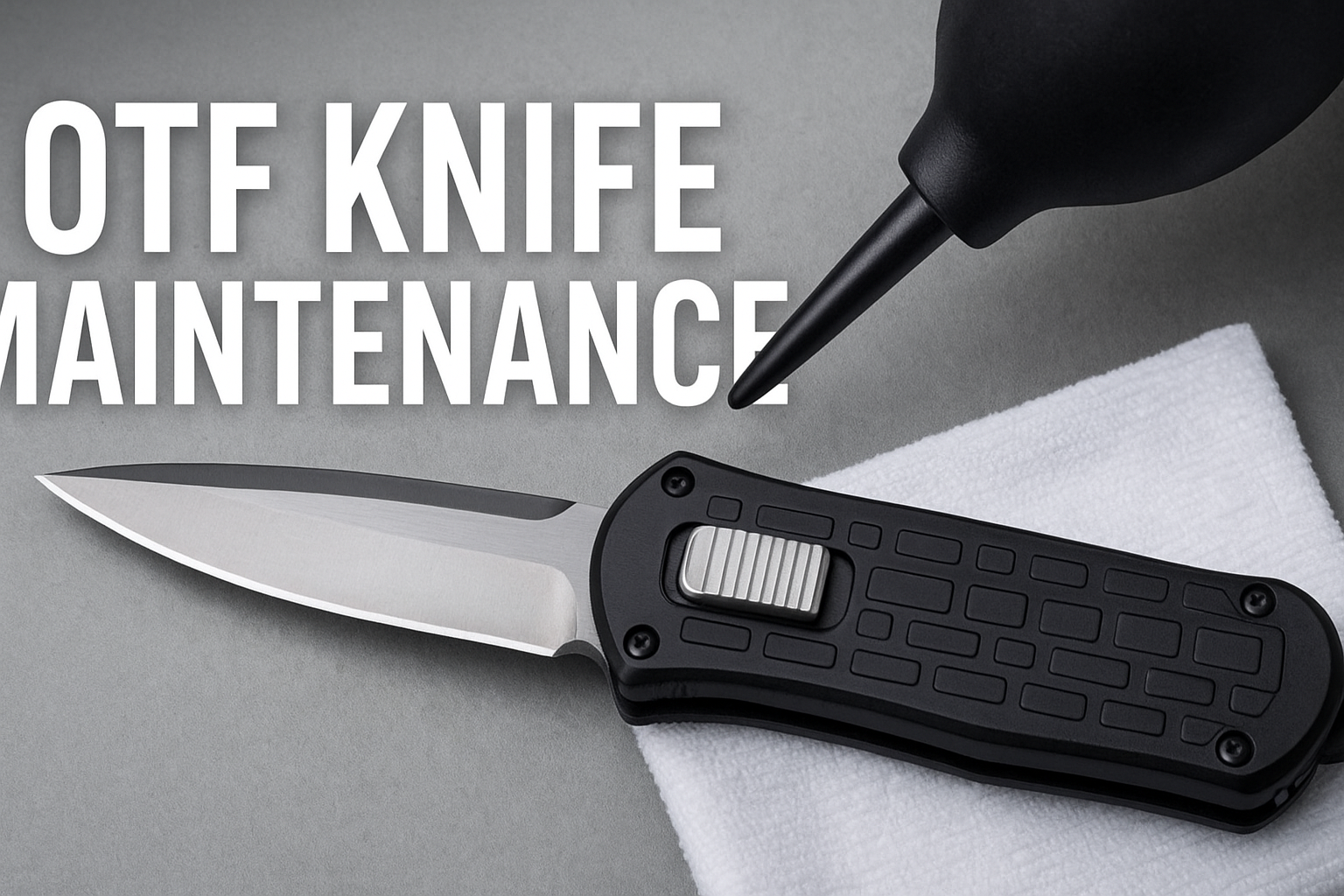Introduction
Plumbing problems are an inevitable part of homeownership. From leaky faucets to clogged drains, every household faces some form of plumbing issue sooner or later. While some problems require professional help, many can be fixed with simple DIY techniques. Understanding these common plumbing problems—and knowing how to address them—can save you time, money, and stress.
In this guide, we’ll walk you through 10 of the most common plumbing problems homeowners encounter and offer practical solutions to fix them.
1. Leaky Faucets
A dripping faucet isn’t just annoying—it’s wasteful. Even a slow drip can waste hundreds of liters of water every year, leading to higher utility bills.
Common causes:
- Worn-out washer or O-ring
- Corroded valve seat
- Faulty installation
How to fix it:
- Turn off the water supply to the faucet.
- Disassemble the faucet handle using a wrench.
- Inspect and replace the worn-out washer or O-ring.
- Reassemble the faucet and turn the water back on.
💡 Pro tip: If you’re not sure which washer type fits, take the old one to the hardware store for a match.
2. Clogged Drains
Clogged sinks and showers are among the most common plumbing issues homeowners face. Hair, grease, soap scum, and food particles are usual culprits.
How to fix it:
- Pour boiling water followed by baking soda and vinegar down the drain.
- Let it sit for 15–20 minutes, then flush with hot water.
- Use a plunger or a drain snake if the blockage persists.
💧 Prevention tip: Use drain strainers to catch debris before it enters your pipes.
3. Running Toilets
A constantly running toilet can waste thousands of liters of water per month. Fortunately, this is one of the easiest problems to fix.
Common causes:
- Faulty flapper valve
- Broken fill valve
- Misaligned float
How to fix it:
- Remove the tank lid and inspect the components.
- Replace a worn-out flapper or adjust the float height.
- If necessary, replace the fill valve kit (readily available at hardware stores).
💡 Pro tip: Add a few drops of food coloring to the tank water—if it appears in the bowl without flushing, you have a leak.
4. Low Water Pressure
Low water pressure can make showers and washing dishes frustrating. It’s usually caused by sediment buildup or pipe corrosion.
How to fix it:
- Clean your faucet aerators and showerheads using vinegar.
- Check for leaks in the main water line.
- If the issue persists throughout the home, call a plumber—it could indicate pipe corrosion or municipal supply issues.
🚿 Prevention tip: Install a whole-home water filter to reduce mineral buildup.
5. Leaking Pipes
Leaky pipes can cause major water damage if not addressed quickly. They often result from loose joints, corrosion, or high water pressure.
How to fix it:
- Turn off the main water supply.
- Dry the area and wrap the leak with plumbing tape or epoxy putty as a temporary fix.
- Replace the damaged section or call a professional for a long-term solution.
💧 Pro tip: Regularly inspect exposed pipes in basements and under sinks for early signs of leaks.
6. Dripping Showerheads
A dripping showerhead wastes water and increases your utility bill. The issue often lies with a worn-out washer or mineral buildup.
How to fix it:
- Unscrew the showerhead and soak it in vinegar for a few hours.
- Replace the rubber washer or apply plumber’s tape to the threads.
- Reattach and test for leaks.
🛠️ Maintenance tip: Regularly clean showerheads to prevent calcium buildup.
7. Water Heater Problems
No hot water? Fluctuating temperature? Your water heater may be failing.
Common causes:
- Sediment buildup in the tank
- Faulty thermostat or heating element
- Broken dip tube
How to fix it:
- Drain and flush the tank every 6–12 months.
- Check and reset the thermostat.
- If you notice rust-colored water or odd noises, call a professional—it may be time for a replacement.
🔥 Energy-saving tip: Set the water heater temperature to 120°F (49°C) for safety and efficiency.
8. Slow Draining Sink
A slow-draining sink is usually caused by buildup inside the drainpipe.
How to fix it:
- Use a plunger to dislodge blockages.
- Try a mixture of vinegar and baking soda.
- For kitchen sinks, check and clean the P-trap under the sink.
🚫 Avoid: Chemical drain cleaners—they can damage your pipes over time.
9. Sewer System Backup
A sewer backup is every homeowner’s nightmare—foul odors, slow drains, and gurgling toilets are common signs.
Possible causes:
- Tree root intrusion
- Blockage in the main sewer line
- Broken or collapsed pipes
What to do:
- Stop using water immediately.
- Call a professional plumber to inspect with a camera and clear the blockage.
- Schedule regular maintenance to prevent future issues.
⚠️ Warning: Never attempt to fix sewer backups yourself—it’s a health hazard.
10. Frozen Pipes (in Cold Regions)
During winter, pipes can freeze and burst, leading to serious water damage.
How to fix it:
- Turn off the main water supply.
- Thaw pipes using a hairdryer or heating pad—never use an open flame.
- Insulate exposed pipes to prevent future freezing.
❄️ Prevention tip: Keep a trickle of water running during extreme cold to prevent freezing.
Final Thoughts
Plumbing issues can be stressful, but most are preventable or manageable with basic maintenance. Regular inspections, prompt repairs, and a bit of DIY know-how can help you avoid costly emergencies.
However, for complex problems—especially involving main lines, water heaters, or sewer systems—it’s best to call a licensed plumber. A professional can diagnose and fix the root cause safely and efficiently.
By staying proactive, you’ll keep your plumbing system healthy and your home comfortable for years to come.






